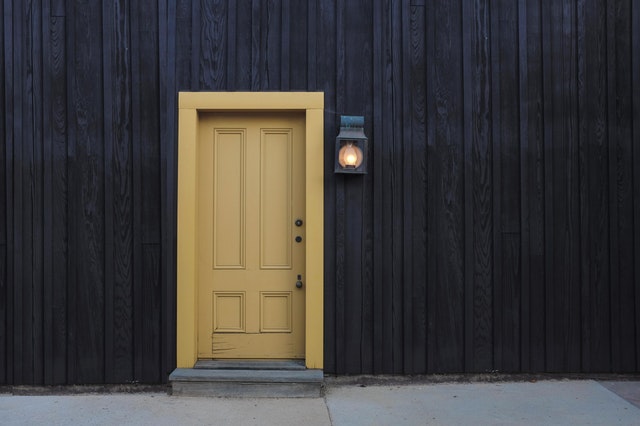From the outside they look just like any ordinary terrace residence, but they are sitting upon a labyrinth of more rooms all constructed in underground levels.
Home observers think there’s a developing tendency of underground progress in Melbourne’s exclusive inner suburbs. As many residential buildings in these areas could grow no greater than two-storeys, there’s nothing stopping homeowners renovating or doing house extensions below groung.
This week Melbourne City Council declared four flats to be built behind an 1872 legacy shopfront at Gipps Street, East Melbourne. Above-floor, the construction is merely 7.8 metres tall, however, the cellar area burrows down the other 10.5 metres deep. The subterranean amounts incorporate additional living areas, bedrooms, ensuites, powder rooms along with a three-level automated vehicle stacker for 8 vehicles.
Additionally, in East Melbourne, a two-level underground extension was recently approved for a historical Victorian terrace in Hotham Street. It will boast a wine cellar, plant room, gymnasium, squash court and 2 lifts, one of which will be for a car.
Iceberg homes have long been in fashion in London, in which quite wealthy homeowners are also limited from visibly enlarging their luxury pads because of heritage limitations. And a few have caused difficulties. Last November a Georgian home opposite the River Thames abruptly collapsed to a newly-dug hole underneath.
Without proper supervision, there are worries that issues seen globally with complex basement extensions may happen in Melbourne. Melbourne councillor Rohan Leppert stated there were not any planning policies regulating cellar extensions in Victoria. There isn’t any control concerning just how low you can go.
Ken Ong, yet another Melbourne councillor, said as further developments were pushed underground, authorities would have to take care of the possibility neighbouring heritage properties may be ruined via the large excavations that would take place.
This threat has already been shown locally. Last year two townhouses in Mount Waverley were abandoned teetering on the edge of a 15-metre-deep hole following a nearby structure pit collapse; even with timber beams keeping it in place, it did not hold.
Ground water can also be very likely to be a problem in certain basement expansions. Real estate representative Philippe Batters stated he’d sold a home in Middle Park in which the hand-dug basement was flooded with water, which rose and subsided with the sea tide. However, Mr. Batters stated there did seem to be an anecdotal trend towards underground projects. It is always the guys that are sent underground. With wealthy guys, having multiple cars is a huge hobby where their basements would house all types of Ferraris and classic cars.
Developer Cranecorp is supporting East Melbourne’s brand new “iceberg” apartment endeavor at which near half of the construction will likely be underground, but marketing and brand manager Andrew Drucker reported the underground place wouldn’t feel like a dungeon or a vault.
To get a license to be allowed lighting requirements need to be met as well as adequate living standards. Sunlight from outside is going to be funnelled to the chambers through “light courts”, which will also function as submerged courtyards. Mr. Drucker predicted that subterranean extensions could “rise” in Melbourne on account of the marketplace factors at play.
House extensions in Melbourne see height constraints in all of the best suburbs which is a genuine challenge for developers. East Melbourne is Melbourne’s most-liveable suburb, everybody would like to live there but there’s just not enough space for homes. Melbourne City Council planners are currently preparing a report about the best way to control the building of prospective underground residential improvements.

Throughout the previous ten years, iceberg basements are now highly well known in the London’s richest neighbourhoods. Research conducted discovered that planning applications for dual bathrooms significantly more than doubled in the five years to 2015. But digging down and hollowing out under a period land in a densely populated region has caused a great deal of issues. Leaking gas pipes, damaged structural timber beams, malfunctioning sump pumps and slumping facades have contributed councils like Westminster and Kensington and Chelsea to impose a delay on approving these multi-storey basements, and also to tighten rules about how the capital’s older, terraced properties could be altered in the process.
Whether the value that these basements can enhance your house is dependent upon the excess square footage and where it is you actually live. Robin Chatwin, mind of Savills South West London, states that a cellar digout at a London family home can add 10-15 percent on its worth. The expense of building them also fluctuates, depending on how much down you dig and also the objective of the space.
However, James Robinson, general director at Lurot Brand, warns that underground square footage is worth less than any area above floor. As a basement apartment will often market for less than many others in a converted home, basements get less natural lighting and poorer venting. A wine cellar, theater or swimming pool is unlikely to add a significant percentage of your house’s existing worth, even if you reside in one of London’s most desired areas.



